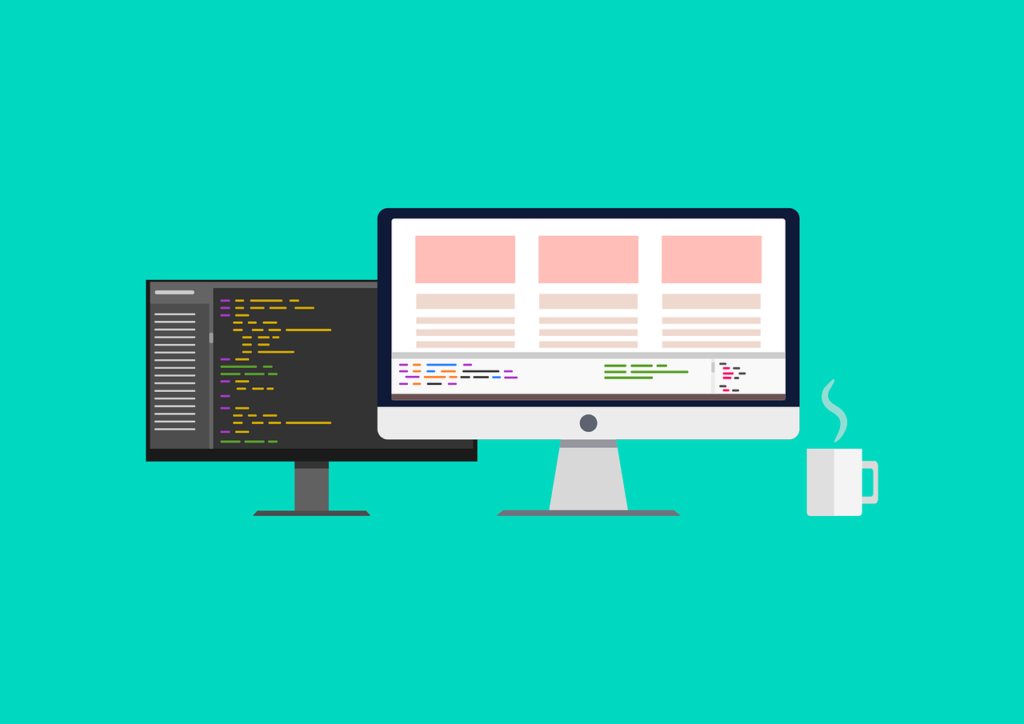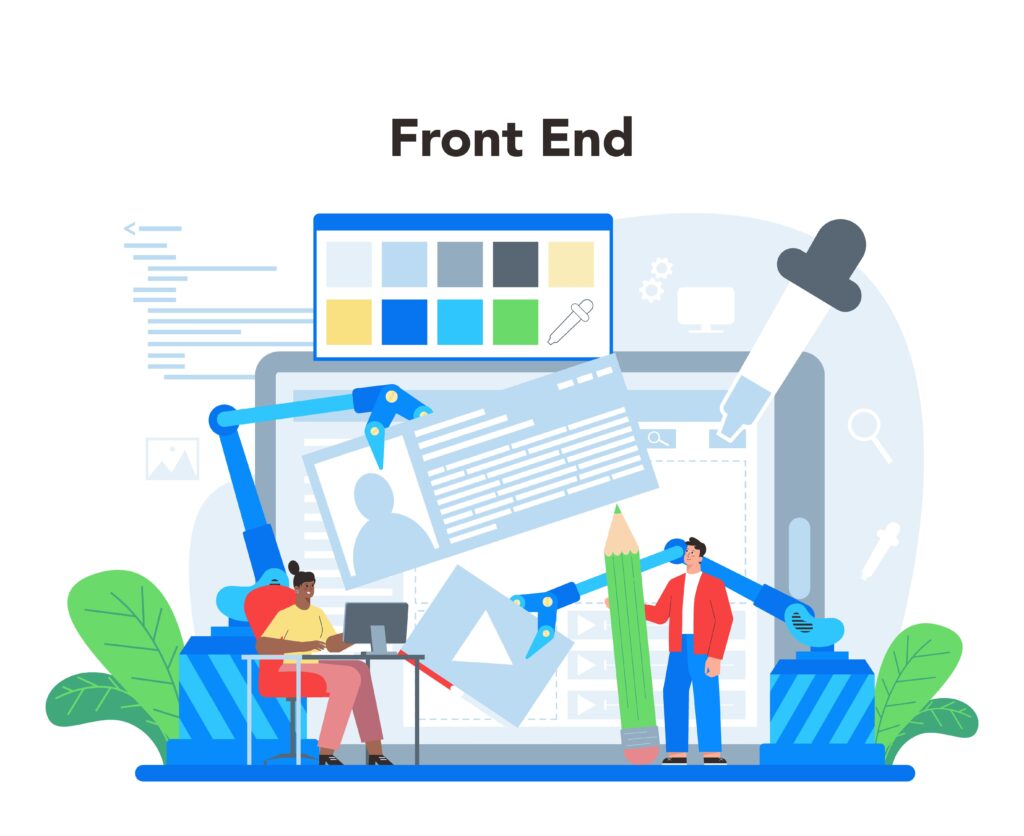Best Practices
Top Technologies for Your Frontend Development Project
More than we like to admit, humans are naturally swayed by visual appeal. Users will rarely gravitate toward an application that is poorly designed, regardless of its functionalities. The cause of this trend is simple: users want an interface that is seamless, fast, and well designed. These features can only be achieved with frontend development.

What is Frontend Software Development?
Frontend development deals with every aspect of a website or application that users interact with. Frontend software development is the process of using code and design techniques to build elements of an application that will ultimately be accessed by users.
Essentially, frontend developers build the client side of applications. They are responsible for creating graphical user interfaces. Picture this: you open a new application and you are intrigued by the app’s layout and design. You admire how you can easily navigate across icons, and how the content is properly structured. All these features are birthed by frontend development. Frontend developers are the masterminds behind the look and feel of every application you use.
Frontend development is crucial for businesses today. This is because industry competition is getting more intense across the globe. Thus, numerous competitors are willing to offer consumers better services and more optimized software. This means that if your software is poorly designed, you can easily lose market share and possibly struggle to regain it.
Moreso, the design of your website or application is one of the major drivers of your brand’s image. Poor frontend development could severely damage your brand’s reputation. It could also ruin consumers’ trust in your company. Thus, as a company seeking to make headway in any industry, you need to invest heavily in proper frontend development for your project.
Top Technologies for Your Frontend Development Project
There are many libraries and frameworks to deploy for your frontend development project. However, not all of the libraries on the market are effective or suitable for your project. Thus, here are some of the major technologies you could explore for your project’s frontend development:
1
React
React or React.js is a frontend library often deployed to create interactive interfaces that ultimately improve user experience. It is an open-source JavaScript library that developers prefer for its flexibility and easy maintenance.
Also, one of the primary features of React is the virtual DOM feature. The virtual Document Object Model is an API that manages how documents are accessed and manipulated on an application. Usually, Virtual DON provides a more efficient way of rendering UI on an application. For instance, when the data model changes on a React app, a new Virtual DOM is created for the user interface. This ensures that the updated view is displayed more efficiently. Notable applications that adopt React
include WhatsApp, Netflix, and Instagram.
2
JavaScript
JavaScript is an object-oriented programming language often used to create interactive web pages. It is a lightweight language that is integrated with HTML to add behavior to web pages.
Notably, there are numerous advantages of using JavaScript for frontend development. First, JavaScript ensures that user input can be validated on the frontend before being sent to the server. This significantly reduces server traffic. Additionally, it adds a dynamic feel to web pages and increases interactivity. For instance, JavaScript can be used to deploy features like a drop-down menu or hide information with the click of a button. JavaScript is also compatible with most web pages (compared to other scripting languages). However, its application is not only restricted to websites. JavaScript’s library, React.js, is used to deploy a variety of mobile applications.
3
Ionic
Ionic is a frontend HTML framework built on Angular.js and Cordova. The technology is an open-source framework used to develop mobile applications with a native feel. Similarly, its framework contains numerous UI frameworks that can be used to enhance the user interface of your application.
More importantly, developers generally use Ionic to build cross-platform applications compatible with different devices and operating systems. Ionic primarily focuses on CSS, JavaScript, and HTML. This enables faster development time and lower costs. It also provides numerous plugins that developers can use to deploy mobile applications and Progressive Web Applications (PWA).
4
Flutter
Flutter is one of the alternatives developed following the launch of React Native. This cross-platform SDK was developed by Google to create applications that can function on multiple platforms using a single codebase.
Moreso, Flutter is generally a fast and reliable option for frontend development, and it provides a host of features that spur your creativity and bring your interface goals to life. That is, Flutter has built a reputation among developers for its material design widgets. These widgets give your application a sleek and refined outlook that is guaranteed to appeal to users. Most importantly, Flutter actively
supports internationalization. This means that you can deploy your app in multiple languages to suit an international audience.
5
Bootstrap
Bootstrap is a powerful frontend development framework used to build responsive applications. The framework hosts numerous bits of reusable code written in JavaScript, CSS, and HTML. Originally created by a developer at Twitter, Bootstrap has soared to become one of the most preferred frontend development frameworks.
In addition, one of Bootstrap’s major offerings is its ability to create webpages that automatically adjust to each device. This is called a mobile-first approach to frontend development.

Conclusion
While tasks can vary depending on different factors, our senior developers generally execute tasks directed at achieving high-quality services for our clients. Thus, whether our senior developers are reviewing code or mentoring junior developers, the constant factor is that these tasks are a means to achieve a common goal: to provide world-class software development services.
Share article
Check other articles
 Market Overview
Market Overview
As businesses seek to expand their operations, the need to scale software development and cut costs will become even more prominent.
READ MORE
 Market Overview
Market Overview
65% of companies that outsource do so in Europe.
READ MORE
 Project Setup
Project Setup
Today, more companies are growing increasingly aware of the significance of the product owner. This article sheds light on who a product owner is, what they
READ MORE


 Market Overview
Market Overview
 Market Overview
Market Overview
 Project Setup
Project Setup
